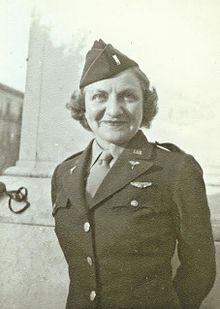
USS Comfort (AH-3) was a hospital ship for the United States Navy in World War I. She was the sister ship of USS Mercy (AH-4) but the two ships were not of a ship class. Comfort was known as SS Havana in passenger service for the Ward Line, and as USAT Havana in United States Army service before her Navy service. Her name was restored to Havana in 1927, and she was renamed SS Yucatán in 1935, and SS Agwileon in 1941. In World War II, she was known as USAT Agwileon and USAHS Shamrock in service for the United States Army.

Hog Islanders is the slang for ships built to Emergency Fleet Corporation designs number 1022 and 1024. These vessels were cargo and troop transport ships, respectively, built under government direction and subsidy to address a shortage of ships in the United States Merchant Marine during World War I. American International Shipbuilding, subsidized by the United States Shipping Board, built an emergency shipyard on Hog Island at the site of the present-day Philadelphia International Airport.

Messageries Maritimes was a French merchant shipping company. It was originally created in 1851 as Messageries nationales, later called Messageries impériales, and from 1871, Compagnie des messageries maritimes, casually known as "MesMar" or by its initials "MM". Its rectangular house flag, with the letters MM on a white background and red corners, was famous in shipping circles, especially on the Europe-Asia trade lanes. In 1977 it merged with Compagnie générale transatlantique to form Compagnie générale maritime. In 1996 CGM was privatized and sold to Compagnie Maritime d'Affrètement (CMA) to form CMA CGM.
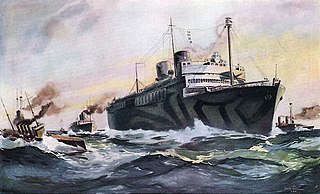
USS Siboney (ID-2999) was a United States Navy troopship in World War I. She was the sister ship of USS Orizaba (ID-1536). Launched as SS Oriente, she was soon renamed after Siboney, Cuba, a landing site of United States forces during the Spanish–American War. After her navy service ended, she was SS Siboney for the New York & Cuba Mail Steamship Co.. The ship was operated under charter by American Export Lines beginning in late 1940. During World War II she served the U.S. Army as transport USAT Siboney and as hospital ship USAHS Charles A. Stafford.

SS George Washington Carver was a Liberty ship built for the United States Maritime Commission during World War II. The ship was named in honor of George Washington Carver, and was the second Liberty ship named for an African American.

USAHS Blanche F. Sigman was a United States Army hospital ship during World War II. The ship was completed in April 1943 as Liberty ship SS Stanford White. When selected for conversion to a hospital ship, she was originally assigned the name USAHS Poppy, but never operated under that name. After being decommissioned as a hospital ship, she became U.S. Army transport USAT Blanche F. Sigman.

Built in 1918, the SS Santa Teresa was originally a passenger liner. In World War I she was requisitioned by the U.S. Navy and served under the title USS Santa Teresa. She served as a commercial vessel between the wars, first under her original name, and later as the SS Kent. During World War II she served first with the U.S. Army as the USAT Ernest Hinds, named for Major General Ernest Hinds. She was later part of the Navy as USS Kent (AP-28). She spent the final part of the war as an Army hospital ship, once more under the name USAT Ernest Hinds.
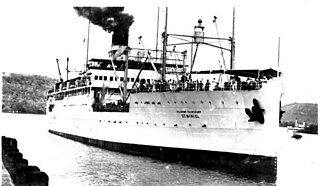
St. Mihiel was a troopship built for the United States Shipping Board by the American International Shipbuilding Corporation at Hog Island, Pennsylvania. The ship was operated from 1922 until mid-1940 as USAT St. Mihiel by the Army Transport Service. In July 1941 the ship was transferred to the Navy which commissioned her USS St. Mihiel with the hull number AP-32. In November 1943, she was transferred back to the Army and converted into the hospital ship, USAHS St. Mihiel.
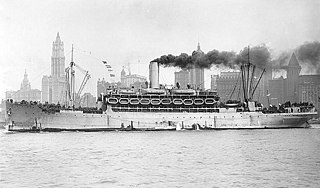
John L. Clem was built as the cargo and passenger liner Santa Ana for W. R. Grace and Company for service in Grace Line's South American service but was requisitioned before completion by the United States Shipping Board (USSB) in 1918 due to World War I. The ship was chartered back to Grace after completion until turned over to the United States Navy to be briefly commissioned as the troop transport USS Santa Ana (ID-2869) from 11 February 1919 to 21 July 1919.

The Type C4-class ship were the largest cargo ships built by the United States Maritime Commission (MARCOM) during World War II. The design was originally developed for the American-Hawaiian Lines in 1941, but in late 1941 the plans were taken over by the MARCOM.
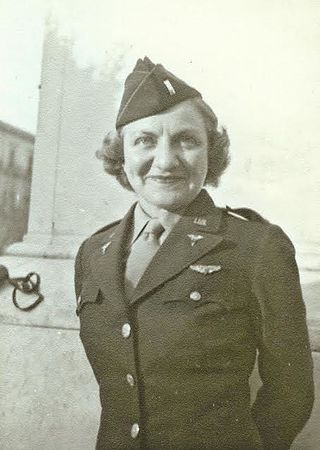
Aleda Ester Lutz was a United States Army flight nurse. She was the first American servicewoman to be killed in combat during World War II, and the first military woman to receive the Distinguished Flying Cross, which she received posthumously. She is the second-highest decorated woman in the history of the U.S. military.

SS Santa Rosa was a passenger and cargo ocean liner built for the Grace Line for operation by its subsidiary Panama Mail Steamship Company of San Francisco. She was the first to be launched and operating of four sister ships, the others in order of launch being Santa Paula, Santa Lucia and Santa Elena. All four ships, dubbed "The Four Sisters" and "The Big Four" were noted as the finest serving the West Coast and were of advanced technology. All served in World War II as War Shipping Administration (WSA) troop ships. Both Santa Lucia and Santa Elena were lost in air and torpedo attacks off North Africa.

USAHS Acadia was the first United States Army Hospital Ship in World War II. Built in 1932 by Newport News Shipbuilding as a civilian passenger/cargo ocean liner for the Eastern Steamship Lines, the ship was in US coastal and Caribbean service prior to its acquisition by the US Maritime Administration in 1941.

SS Sea Owl was a Type C3-S-A2 ship built during World War II by Ingalls Shipbuilding, Pascagoula, Mississippi. The ship was converted by Ingalls before delivery on 27 June 1944 into a troop transport for operation by the War Shipping Administration. The ship saw service in the European Theater of Operations with a final trip in January 1946 to Japan and return. The ship was released from troop service in February 1946 and placed in the James River Reserve Fleet 12 August 1946.

SS Claymont Victory was a type Victory ship-based VC2-S-AP2 troop transport built for the U.S. Army Transportation Corps late in World War II. Launched in November 1944, it saw service in the European Theater of Operations during 1945 and in the immediate post-war period repatriating U.S. troops.

SS Hagerstown Victory was a Victory ship-based troop transport built for the U.S. Army Transportation Corps (USAT) late in World War II under the Emergency Shipbuilding program. It saw service in the European Theater of Operations during 1945 and in the immediate post-war period repatriating U.S. troops. Hagerstown Victory was one of 97 cargo Victory ships converted to a troopship.

SS Rushville Victory was a Victory ship-based troop transport built for the US Army Transportation Corps (USAT) late in World War II under the Emergency Shipbuilding program. It saw service in the European Theater of Operations in 1945, 1946 and in the immediate post-war period repatriating US troops.

SS N. Y. U. Victory was a Type C2 Victory ship-based VC2-S-AP2 troop transport built for the U.S. Army Transportation Corps late in World War II. Launched in May 1945, it saw service in the European Theater of Operations in the immediate post-war period repatriating U.S. troops.

SS Zebulon Vance was a Liberty ship built in the United States during World War II. She was named after Zebulon Vance, the two time Governor of North Carolina, lawyer, and Confederate Army officer.
SS St. Olaf was a Liberty ship built in the United States during World War II. She was named after St. Olaf, the King of Norway from 1015 to 1028. He was posthumously given the title Rex Perpetuus Norvegiae and canonised at Nidaros, by Bishop Grimkell, one year after his death in the Battle of Stiklestad.

